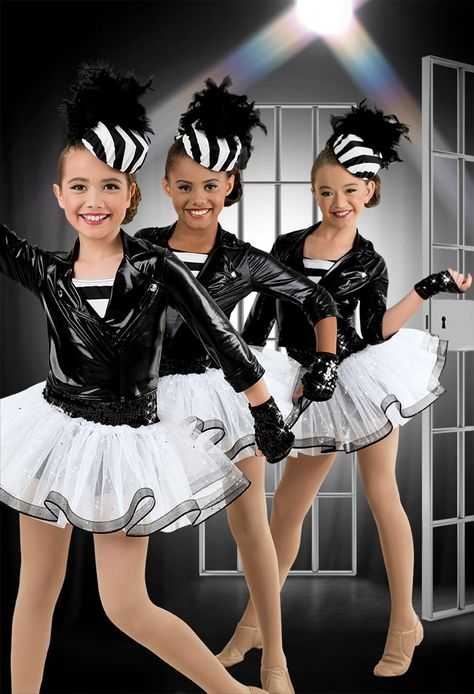How to label dance costumes
How to put your name in your dancewear
How to put your name in your dancewear
Many dance schools require all students in the same level to wear the same uniform, so a lot of people own and wear (and, unfortunately, loose) the same items. Most schools recommend that dancers write their names inside their dancewear. This is the best way to keep track of your items when they get mixed up with other people's dancewear, but it is really difficult to write your name in some pieces. How do you put your name in a black leotard? What about on a reversible skirt? In this post, I'll provide ideas for how you can permanently and stylishly put your name in your dancewear.
1. Write your name on the tag. This is one of the most common and obvious techniques, but there are a few necessary conditions for this to work. There must be a tag. The tag must be a light color. The tag must not be too silky (this causes all inks to bleed badly). If the tag meets these conditions, use a fine point sharpie or fabric marker to write your name in bold letters on the back of the tag. Your name should not wash out or bleed when you wash your dancewear, but it will fade over time. Check the lettering and touch it up regularly to make sure your name is still legible.
2. If there is no tag, the tag is too silky, or the tag is a dark color, you will have to use another option. If the item is a leotard or bra, does it have a lining? Is the lining a light color? If so, write your name on the lining with a fabric marker. Be very careful not to press too hard; the ink can bleed through the fabric and show on the outside of the garment.
3. If there is no lining or the lining is black, cut a small square (about 1" by 1")of light-colored soft fabric from an old t-shirt and write your name or initials on it with a fabric marker. Carefully sew this square onto the inside of the garment.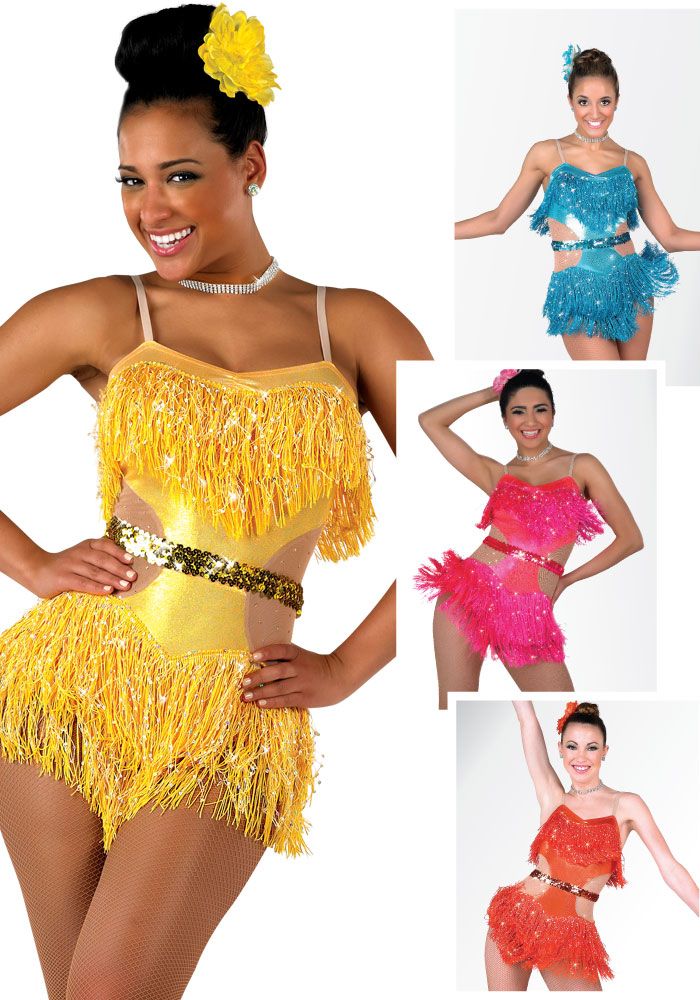 Use thread the same color as the outside of the dancewear piece. If your piece is reversible, write just your initials on the fabric square (you can use stylish lettering for a fun touch) and carefully sew it to the garment in a location where a logo would normally be (on the hip of a leotard, the back center of a bra, at the bottom of the leg of a pair of shorts, etc.). Sewing on a nametag is more secure than using stick-on options. If your garment later becomes a hand-me-down for someone else, use a seam ripper to remove your name tag. It will come out easily with no reside or damage to the garment.
Use thread the same color as the outside of the dancewear piece. If your piece is reversible, write just your initials on the fabric square (you can use stylish lettering for a fun touch) and carefully sew it to the garment in a location where a logo would normally be (on the hip of a leotard, the back center of a bra, at the bottom of the leg of a pair of shorts, etc.). Sewing on a nametag is more secure than using stick-on options. If your garment later becomes a hand-me-down for someone else, use a seam ripper to remove your name tag. It will come out easily with no reside or damage to the garment.
4. For a wrap skirt with no tag, use a thin fabric marker to carefully write your initials inside the tie/band at the back of the skirt where it will always be against your body. If the skirt is black, use the small square method from the previous item and sew it to the inside of the band as if it is a tag. If you don't really need your name in your skirt, but want to make it slightly unique or different from other dancers' similar skirts, take one end of the tie and slide on a plastic bead (pony beads work best).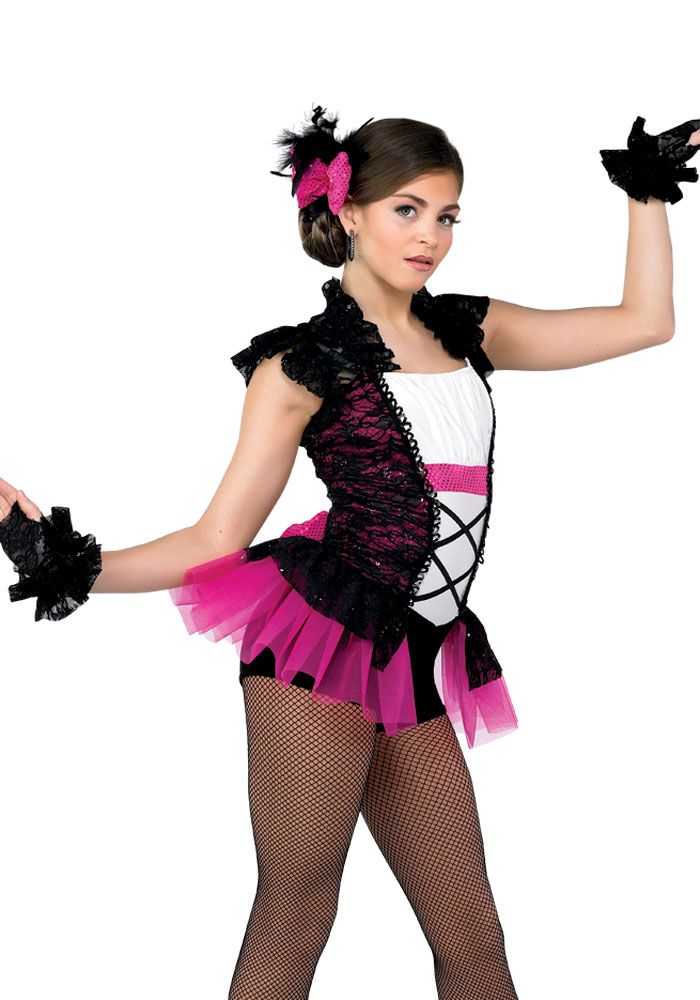 Tie a knot in the tie to keep the bead from slipping off. This will make your skirt recognizable when it is next to several other dancers' similar skirts. DO NOT use multiple beads, they are noisy and distracting.
Tie a knot in the tie to keep the bead from slipping off. This will make your skirt recognizable when it is next to several other dancers' similar skirts. DO NOT use multiple beads, they are noisy and distracting.
5. If you temporarily have a costume that will eventually be returned to a company or another
person, tear a small piece of masking tape or neoprene medical tape, write your name or initials on it, and stick it inside the item. Be sure to do this with all pieces of the costume (top, skirt, hat, gloves, etc.). This is also a good way to mark items (boot covers, etc.) as right and left.
Subscribe to: Post Comments (Atom)
After the Competitions: How to Store Your Dance Costumes for the Summer
- View Larger Image
Well-maintained dance costumes help you and your parents get the most from your investments. They can be handed down to younger siblings or re-purposed for the next season. And at the very least, a particularly special dance costume can be kept as a memento of hard work and achievement that can inspire young dancers.
You took time and care when the dance costumes first arrived. Take the same time and care after all the recitals and competitions are over for the season as you prepare to store them and help your parents learn how to do so — they’ll thank you for it. Here’s a simple five-point process you can share with your dancers on how to best care and store for their dance costumes.
1. Clean it. Spot cleaning may be enough at some points during recital season, but it won’t do for long-term storage. Any stain or lingering body odor will only entrench and worsen with time. The trick with cleaning a dance costume is that different fabrics need to be handled differently. And of course, dance outfits with rhinestones or appliques have their own challenges.
While it takes the most time, it’s hard to go wrong with gently hand-washing the garment in mild or cold water using a mild detergent. If you want to machine wash a costume, first do your research to find out what temperatures and detergents are safe.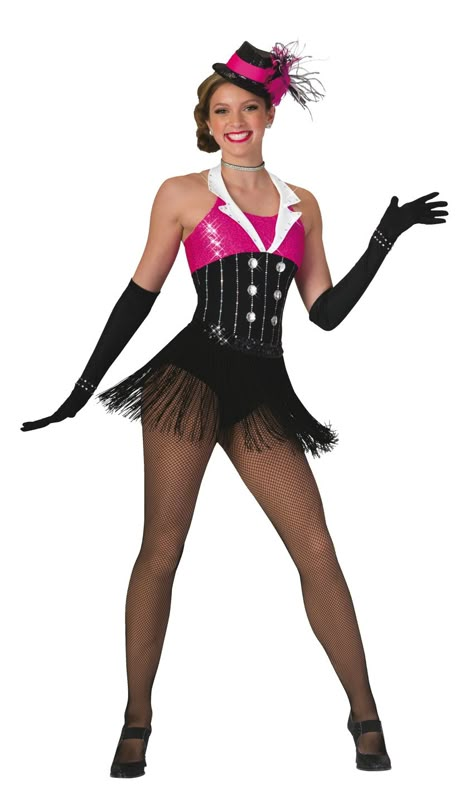 Never dry clean your dance costumes as the chemical processes are too harsh.
Never dry clean your dance costumes as the chemical processes are too harsh.
2. Dry it. Even the slightest bit of moisture will turn to mold or mildew and ruin your costume. It must be 100%, bone dry before it gets stored. First, press out the excess water between bath towels; don’t wring it out. Then you can hang it to dry — and don’t forget — no wire hangers or you’ll get rust stains! If it’s a very heavy costume dry it flat on a sweater drying rack so it doesn’t stretch out.
3. Steam out any wrinkles. Is this step strictly necessary? No, but it’s a good one because the longer wrinkles stay put, the harder they are to get out later. Steam them out; don’t iron. Then make sure to let it dry!!
4. Wrap the costume in a protective layer. You always want to put the outfit under a breathable cover, so it doesn’t gather dust. If you’re hanging the dance costume, a cloth garment bag works well. Don’t use a plastic garment bag as that will trap air, which will turn into moisture over time.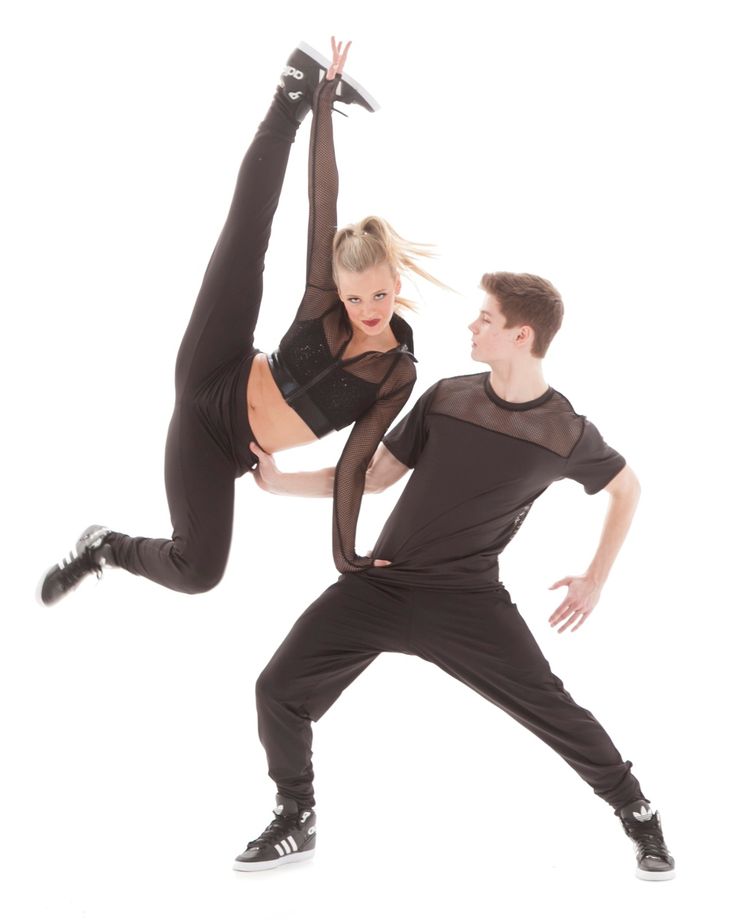 Pure cotton or muslin is best. If buying lots of muslin garment bags gets pricey, purchase muslin pillowcases Simply remove enough stitches or cut out a hole on the closed end for the hanger head to go through. Padded or wood hangers are best. If you use plastic, make sure it doesn’t have seams on it which can tear at the fabric.
Pure cotton or muslin is best. If buying lots of muslin garment bags gets pricey, purchase muslin pillowcases Simply remove enough stitches or cut out a hole on the closed end for the hanger head to go through. Padded or wood hangers are best. If you use plastic, make sure it doesn’t have seams on it which can tear at the fabric.
If you’re storing the dance costume in a box wrap it in acid-free tissue, which you can find at any office supply store or big box store. Check the size of the tissue so you buy enough to be sure it completely wraps around the costume.
As with drying, it’s best to store a heavier costume flat so it keeps its size and shape (it won’t stretch). Whether hanging or lying flat, try not to fold the costume in any way. The creases won’t be pretty.
5. Store it. You want to store it in a dark, dry place. Most closets are designed to be just such spaces. Ideally, place the dance costumes in areas of the closet where they aren’t going to get moved around a lot.
Storage bonus tip: Don’t overlook the shoes! Spot wash and dry. Use shoe shapers, so they keep their shape. Dance stores have plenty of options. If you’re feeling old school, you can probably find some lambswool somewhere. Store in a shoe box.
Going the extra step for your parentsIf you’re going to prepare a dance costume storage tip sheet for the parents in your community, share it with customized dance labels for their kids’ costumes. These are the little details that can set your dance studio apart.
Search for:
Join Our Monthly Newsletter
Get the latest tips, tricks, success stories and best-in-class features.
Yes Please – Sign Me Up!
New eBook: How to Optimize Your Revenue Cycle
Increase revenue and grow your dance studio by focusing on the four core principals shared in this free download.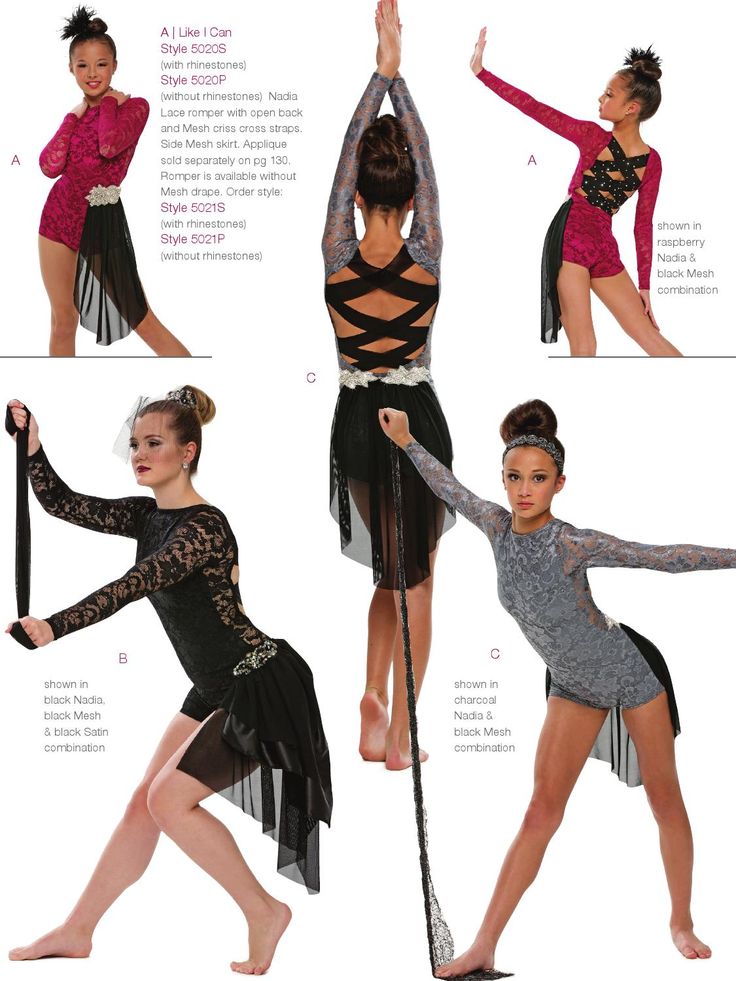
DOWNLOAD YOUR FREE EBOOK
Dance Studio Management Tips
Software Comparisons
› Jackrabbit Dance vs Studio Director
› Jackrabbit Dance vs Dance Studio Pro
Dance Competition & Recital Tips
Featured Articles
Dance Quotes
Popular Searches
The Ministry of Industry and Trade reported that the list of marked clothes in the Russian Federation will be significantly expanded
August 26, 08:31
MOSCOW, August 26. /TASS/. The list of labeled clothing in Russia is planned to be significantly expanded to include, in particular, jackets, trousers, shorts, skirts, dresses, sweaters, and faux fur clothing. This was reported to TASS in the press service of the Ministry of Industry and Trade of the Russian Federation.
"It is expected that the labeling will apply to faux fur clothing, sports and ski suits, jackets, trousers, shorts, overalls, shirts, blouses, suits, skirts, dresses, sweaters, outerwear (coats, jackets, raincoats, windbreakers, felt clothes), shawls, scarves, ties, bow ties and neckerchiefs.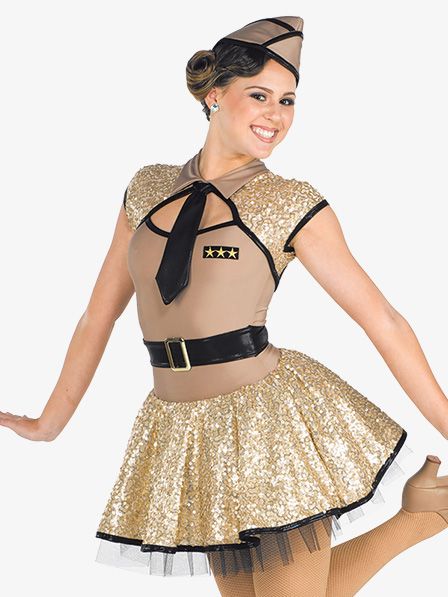
Reasons for expanding the list
According to the ministry, at the moment, participants in the circulation of light industry goods have to organize the work process with labeled and non-labeled goods in different ways, which complicates the work and leads to additional costs. In addition, there is the problem of illicit trafficking in products made of natural fur under the guise of artificial, workwear and other positions of the light industry. As TASS was told in the press service of the Chestny Znak marking operator, according to Rosstat, in 2021 the share of counterfeit products was 12.5%, and according to the Higher School of Economics, it is even higher - 28%.
Consumers purchasing light industry goods cannot visually determine whether light industry goods are labeled or not, and therefore a large number of complaints about violations are sent in cases where there are actually no violations, which complicates the work of control bodies, note in Minpromtorg.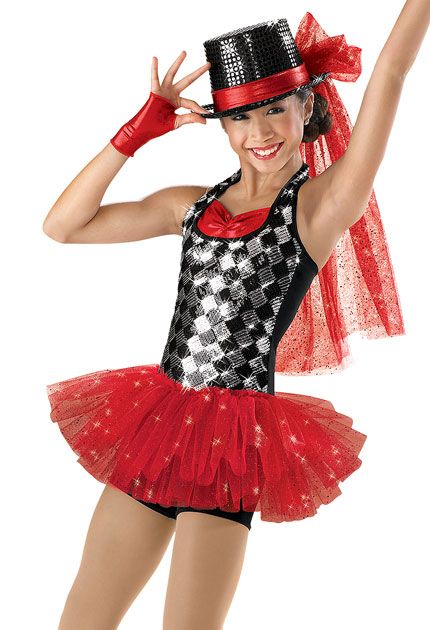
As the press service of the Ministry of Industry and Trade of the Russian Federation added, the corresponding draft government decree was supported by the business community, including the Russian Union of Clothing Manufacturers (RSPO), the Association of Retail Companies (AKORT), as well as individual companies - Kupishuz LLC (Lamoda) , Vostok-Service-Spetskomplekt JSC, Tekhnoavia Firm LLC, Sportmaster LLC and Snezhnaya Koroleva. At the moment, the draft resolution of the government of the Russian Federation is being approved by the federal executive authorities, the Ministry of Industry and Trade noted.0003
Price situation
"At the same time, the introduction of digital labeling will not affect product prices, as it did not increase the cost of light industry goods, which have already been labeled since the beginning of last year. Moreover, in some cases, labeling has allowed manufacturers to reduce costs by optimizing business processes. Most of the participants in the turnover are already registered in the system and label their products, so the implementation process will not require any additional costs or changes in business processes, "the press service of the Central Regional Development Center quotes the words of the head of the Legprom commodity group of the Development Center promising technologies of Anna Petrushina.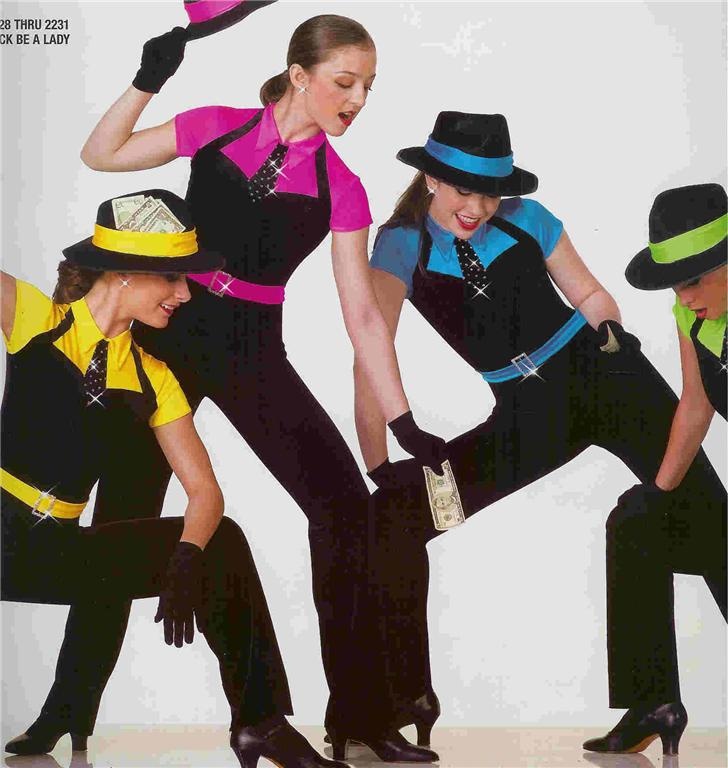
On Friday, the Izvestia newspaper reported that from the summer of 2023, Russia plans to start labeling blouses, shirts, suits, faux fur coats and other clothing. The Ministry of Industry and Trade has already prepared a draft government decree, the document is being coordinated with other departments.
About the national digital marking system
The national digital marking system has been introduced in Russia since 2019. It applies to dairy products, packaged water, medicines, tobacco, shoes, light industry goods (namely: clothes made of natural and artificial leather, knitted blouses, coats, short coats, capes, raincoats, jackets, windbreakers, windbreakers), as well as fur coats. , perfume, tires and cameras.
Currently, experiments are underway to label dietary supplements, antiseptics, medical devices, beer and low-alcohol drinks, as well as electronic means of delivering nicotine and liquids for them.
Tags:
Russia
Clothing and textile labeling in 2022
Clothing and textile labeling in 2022
Compulsory labeling of clothing and textiles began on January 1, 2021. Manufacturers, suppliers and importers of clothing should work in the labeling system for light industry goods. We tell you how to prepare for changes and work further.
Manufacturers, suppliers and importers of clothing should work in the labeling system for light industry goods. We tell you how to prepare for changes and work further.
No time to sort things out? Let's help!
1.
Clothing and Textile Labeling Law
2.
Deadlines and milestones
3.
Scheme of work
4.
What clothes do we label?
5.
What clothing and textiles are not subject to labeling
6.
Labeling code on clothing: what is it and what does it look like?
7.
How to prepare for clothing labeling:
- Registration in the labeling system
- wholesale sales of label clothing
- Marking clothing acceptance
- Retail sale of marked clothing
8.
Enterness for entering and checking brands
Frequent issues
Federal Law No. 488 of December 19, 2018, December 19, lies with December 19, vestments. label clothing and textiles, and turnover participants report to the labeling system.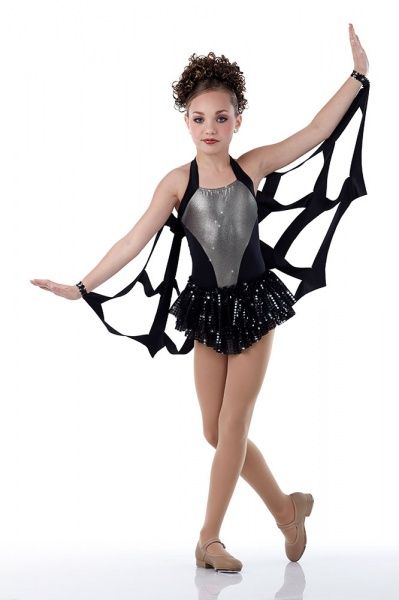
Decree of the Government of the Russian Federation No. 792-r dated April 28, 2018 determined the labeling rules and the list of textile products subject to labeling.
- from January 1, 2021 - the circulation of unmarked light industry goods is prohibited.
- until February 1, 2021 - all participants in the turnover were required to mark the remains of goods not sold before January 1, 2021
1. The manufacturer receives codes in the marking system and applies them to the packaging or label.
2. Upon shipment, the manufacturer sends the EDF distributor a universal transfer document (UTD) indicating all the codes from the boxes.
3. Upon acceptance, the distributor checks the codes indicated in the document and on the goods, approves the UPD and transfers the data to the marking system through the EDF operator.
4. Registration of shipment by the distributor and acceptance in retail are carried out in the same way.
5.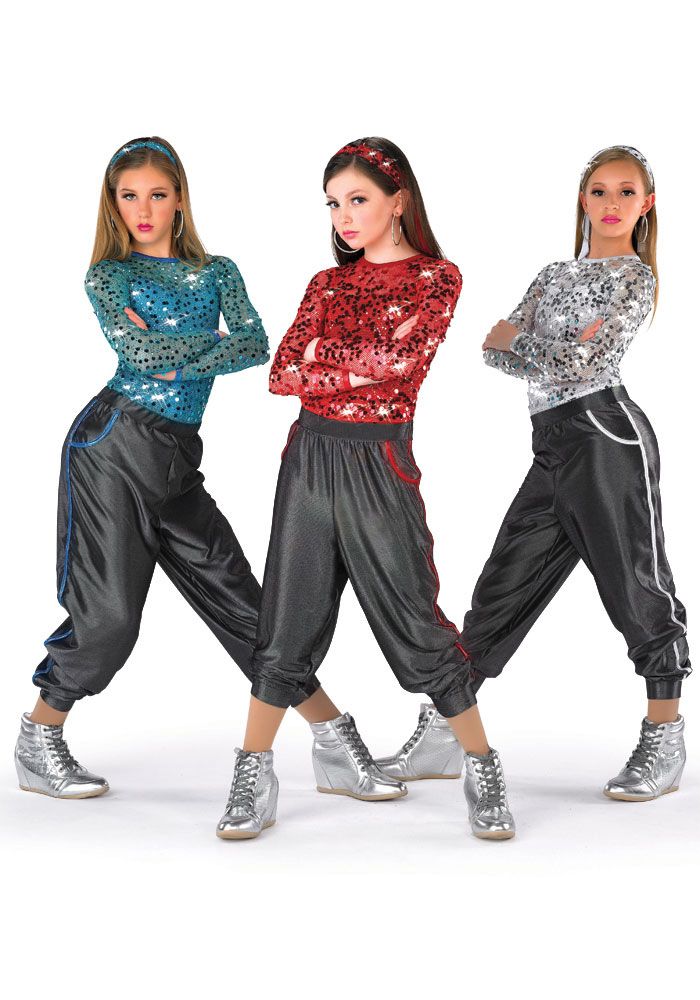 When selling, the cashier scans the marking code from the packaging or label of the light industry product, the fiscal data operator adds it to the receipt and sends it to the marking system. The code is out of circulation.
When selling, the cashier scans the marking code from the packaging or label of the light industry product, the fiscal data operator adds it to the receipt and sends it to the marking system. The code is out of circulation.
According to the Decree of the Government of the Russian Federation of December 31, 201
blouses, blouses and blouses
Knitted machine or manual knitting, female or girlsSimilar products
Women's or for girls, men's or for boys14.30.21
6201
Marking of clothing is carried out by a unique two -dimensional Data Matrix. consumer packaging, label or label according to GOST.
Data Matrix code includes:
- product code - 14 digital characters;
- individual serial number of a product unit – 13 characters;
- verification key - 4 characters;
- verification code - 44 characters.
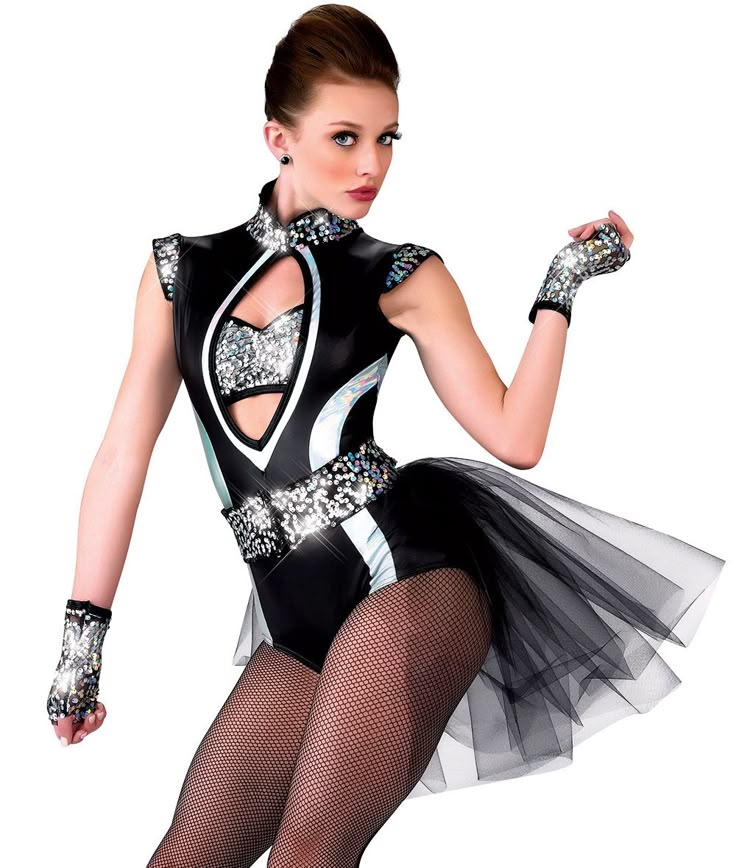
1.
Register in the marking system.
2.
Learn how to label products (for production and import): connect to labeling, purchase label printing equipment.
3.
Learn to accept labeled clothing and textiles: connect to EDI and labeling, purchase stamp scanning equipment.
4.
Learn how to sell labeled clothes and textiles:
- for production, import and wholesale: connect EDI to send documents;
- for retail: update the firmware of the cash register, connect to the OFD, put a 2D scanner in the place of the cashier.
For registration, you need an enhanced qualified electronic signature on a Rutoken carrier.
Get an electronic signature
1.
Install the required software:
- CIPF, if the key is on the Rutoken media.
- media driver. If the key is for Rutoken EDS 2.0, additionally download Rutoken Plugin
- personal and root certificates
- CryptoPro Browser plug-in
2.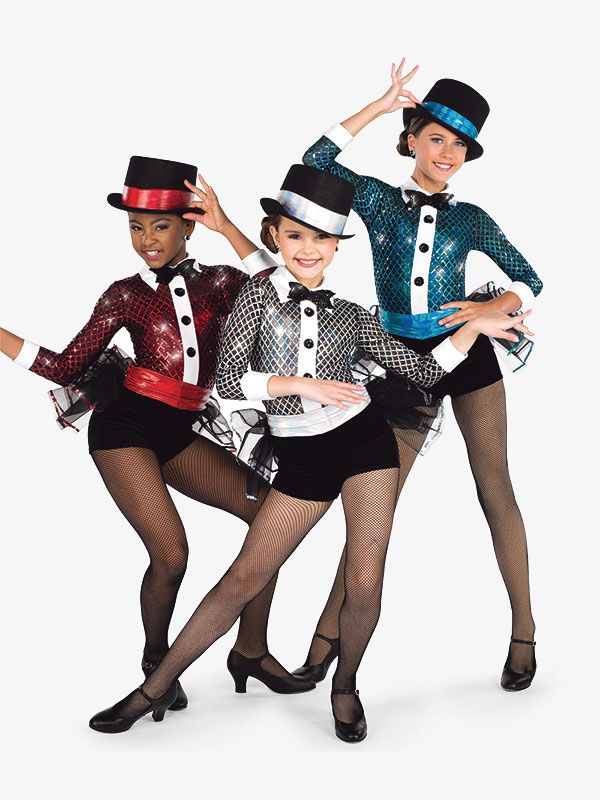
Follow the link and click "Check". Make sure you have everything set up correctly and click Continue.
3.
Select an electronic signature, enter a contact phone number and e-mail and click "Submit Application". Within 24 hours you will receive an email with a confirmation link.
4.
Follow the link from the email and specify:
- whether you are a manufacturer or importer of goods ". If yes, enter GSP and GLN 9 identifiers0073
5.
Fill in the data in the profile, read the agreements with the operator and sign the agreement with the terms.
1.
Equipment for label printing. Choose the right one from our catalog.
2.
Connection to the labeling system to register released/imported goods, order codes for them and put them into circulation. For example, VLSI Trade and production (Profi).
Connect VLSI Marking for production
| Manufacturer | Importer |
|---|---|
|
|
If necessary, the manufacturer / importer creates codes for transport packages and prints labels for them, forms aggregates and reports to Chestny Znak about codes inside packages.
Connect EDI to exchange documents with contractors.
If incoming UPDs are free, then in order to send invoices, you need to buy a package of documents.
The wholesaler needs to generate an electronic UPD and indicate in it the marking codes from the shipped goods. Sign it with an electronic signature and send it to the counterparty through the EDI operator.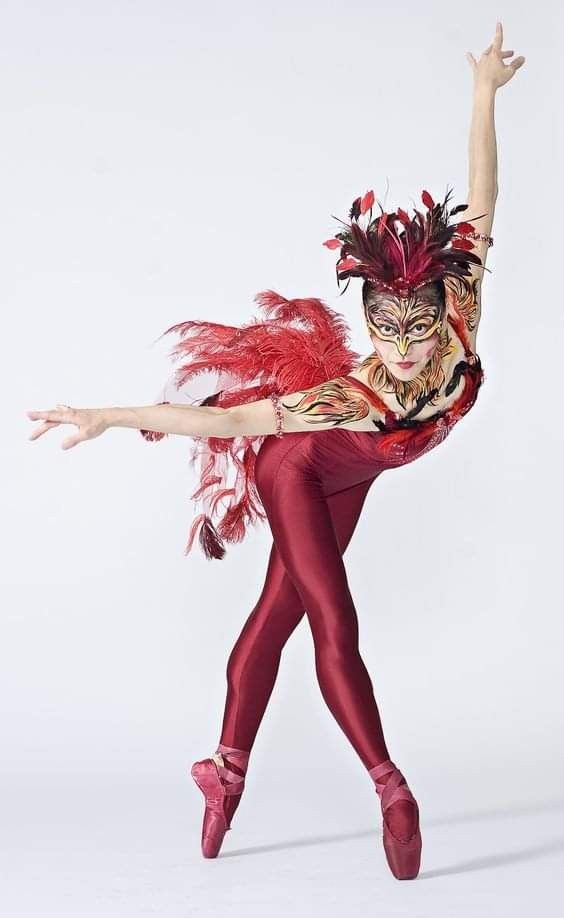 The operator himself will send the UTD to the Chestny sign, after signing by the recipient, and the codes inside the document will be transferred to the property of the buyer.
The operator himself will send the UTD to the Chestny sign, after signing by the recipient, and the codes inside the document will be transferred to the property of the buyer.
VLSI will check the UPD for errors before sending and upon receipt, warn and help correct.
1.
EDI connection. In SBIS, all incoming documents are free of charge.
2.
Connect to a marking system to send codes there.
3.
Equipment for scanning stamps at the checkout and warehouse.
You will receive an electronic UPD with EDI codes from the supplier. To compare the stamps from the invoice with those received after the fact, scan all the codes from the packages. If everything is good, confirm the UPD, if there are discrepancies, reject it or wait for the corrected UPD. If you want, you can immediately confirm receipt without verification.
1.
Update the online cash register firmware to add the marking code to the receipt. Check your checkout according to the instructions. You can update the software from manufacturers and authorized service centers.
You can update the software from manufacturers and authorized service centers.
"Tensor" has the status of ASC - please contact us.
2.
Connect the cash register to the OFD, which can transfer codes in the receipt to the marking.
3.
2D stamp reader.
You need to sell marked goods through an online cash register with OFD: the cashier scans the code, the goods are added to the check, and the fiscal data operator sends it to the marking system.
With VLSI, marking will not affect the speed of sales - the cashier only scans the Data Matrix code, and VLSI itself will add the product to the receipt. The data will be transferred to the marking automatically.
If the goods are transferred at the warehouse, then at the checkout you can generate a prepayment receipt without codes, and upon issuance, the storekeeper will scan the codes and issue a final receipt - they will be sent to Chestny Znak. In this case, the storekeeper can use a smartphone with the VLIS Doki application, a Bluetooth scanner or a data collection terminal.
Turnkey labeling
-
Does the atelier need to label textiles?
Ateliers that sew clothes under a service contract with clients do not have to label their products.
-
What should consignment shops do?
If the store sells second-hand goods, then all of them will need to be labeled before being sold to the end user. Also, when returning goods by the buyer back to the store, re-labeling of clothing is required.
-
What is toilet linen?
Explanatory note to TNVED states that these are hand or face towels (including toilet towels fixed on rollers), bath and beach towels, face wipes and toilet gloves.
-
Is it possible to sell clothes on UTII and PSN?
So far, yes. 325-FZ introduces a ban on the use of "special regimes" for sellers of medicines, shoes, fur clothes.
-
Do retailers need to register with GS1?
No, you don't. GS1 issues a GTIN, which is required for tagging by manufacturers or importers.
-
Do I need to get a separate GTIN (Unique Product Identifier) if the product line has different colors or patterns?
According to the marking rules, there is no need to create a separate card for each drawing, since all products are the same in terms of “Color”. But practice shows that creating a separate card for each picture is the best solution, since the picture is a distinctive feature of the product.
 You can specify a picture in consumer properties in the optional attribute "Design".
You can specify a picture in consumer properties in the optional attribute "Design". -
Is marking required when sewing outerwear under a contract?
If the subject of the contract with the consumer is a service and not a product, then there is no reason to apply a marking code.
-
Is it necessary to register in the labeling system for a contract manufacturer who sews textiles under a contract (contract)?
In contract manufacturing (contract manufacturing), both the manufacturer and the customer can report to the marking system: depending on who is listed as the Applicant in the mandatory certification documents (Certificate of Conformity / Declaration of Conformity), he orders the marking codes and enters goods in circulation.
- Learn more
- How to make people dance

- How to draw a flamenco dancer

- How to dance like chris brown videos

- How many dancers in diversity

- How can you dance with the devil on your back

- How to do the roger rabbit dance

- How to dance like drake

- How to dance haitian kompa

- Goofy how to dance 1953

- How to dance michael jackson style

- How to dance really well

